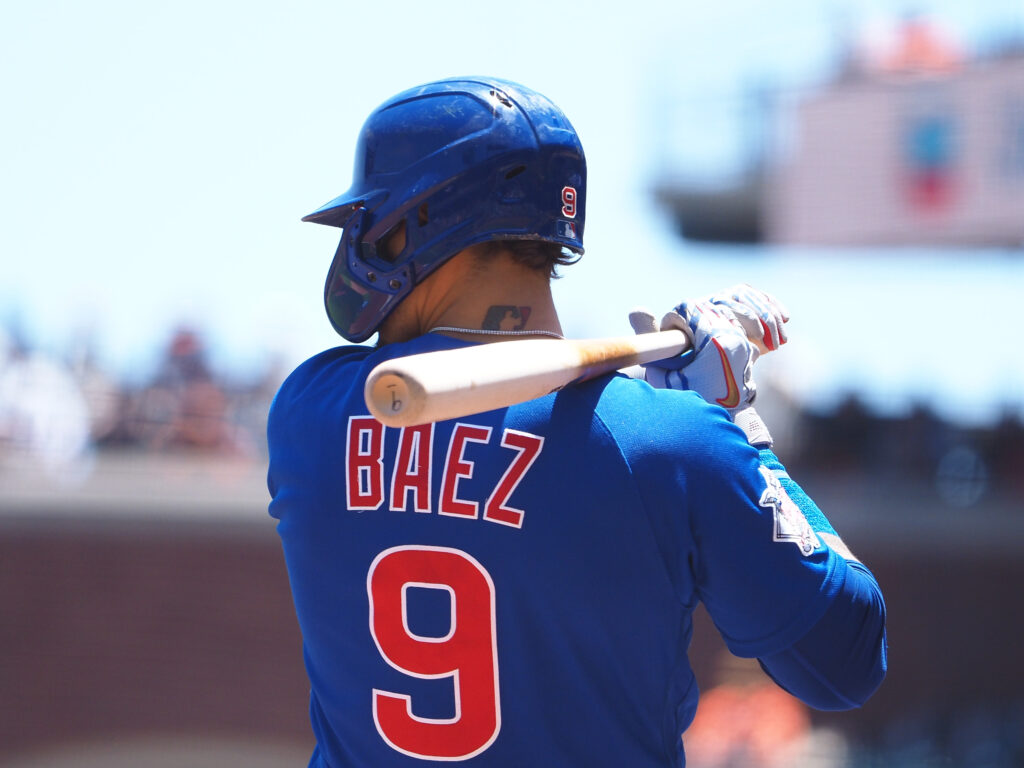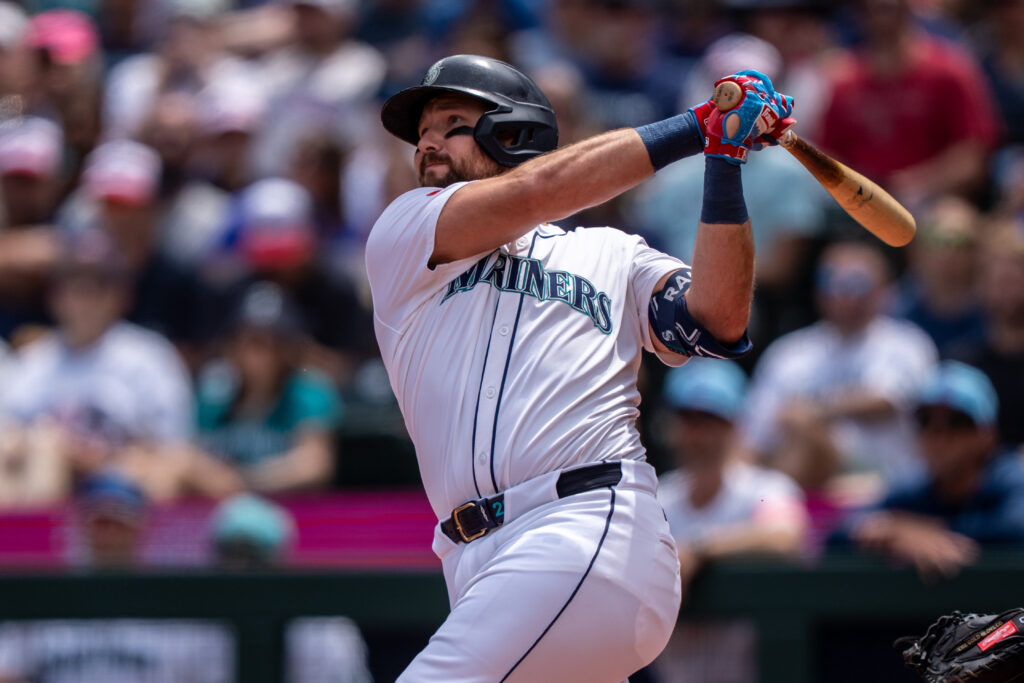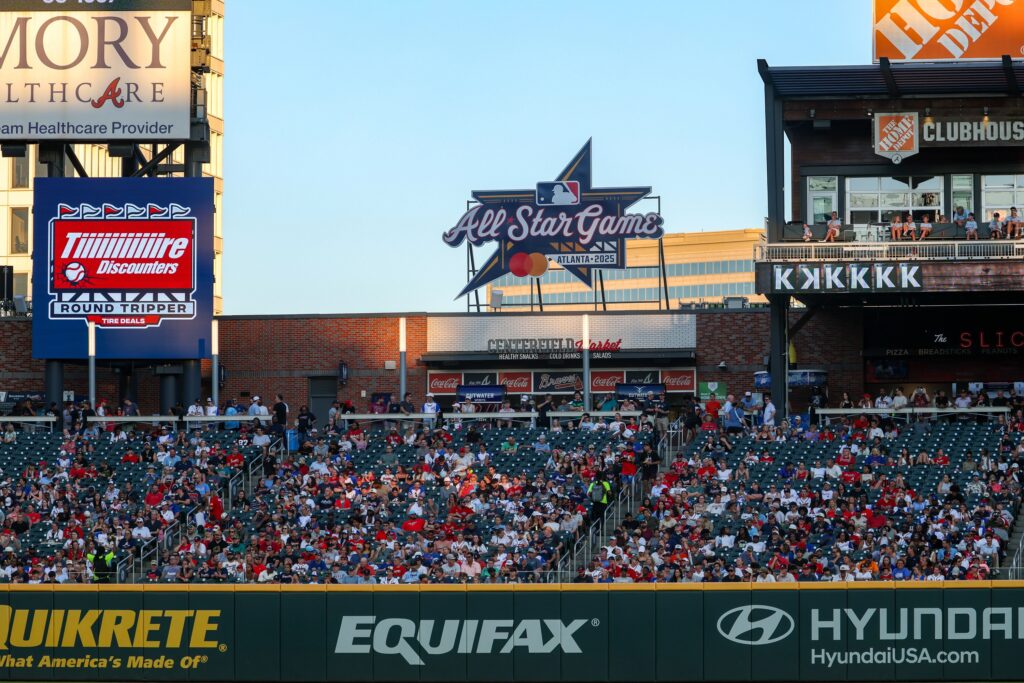This is the third article in a series that looks at the five best players at each position for the Chicago Cubs. In this installment, second basemen and shortstops.
Second base and shortstop have been defense-first positions throughout baseball history. However, the starters at both spots for the Chicago Cubs have so much power and productivity that they ended up in the Hall of Fame. Also on these lists are two players who were part of a double-play combination that was so memorable that the players were immortalized in a poem.
The Best Middle Infielders in Chicago Cubs History
Second Basemen
Shortstops
Honorable Mentions – Billy Jurges was a member of three pennant-winning teams during his 10 years with Chicago (1931-38 and 46-47). He earned his only All-Star selection with the Cubs in 1937 when he hit .298 with 134 hits, 10 triples and a career-high 65 runs batted in. Shawon Dunston spent 12 seasons with the Cubs (1985-95 and 97) and was the starter on the 1989 team that went to the National League Championship Series. The two-time All-Star had 563 runs, 1,219 hits, 107 home runs, 489 RBIs and 175 stolen bases in 1,254. However, he lost nearly two seasons with a herniating a disc in his back that occurred while he was picking up his daughter. Starlin Castro was a three-time All-Star in six seasons with the Cubs (2010-15). He hit .281 with 991 hits (including a league-leading 207 in 2011) and 363 RBIs in 891 games with Chicago. Castro also played in nine games during the 2015 playoffs as the Cubs advanced to the National League Championship Series.
5. Don Kessinger – He spent his first 12 Major League seasons with the Cubs (1964-75), earning six All-Star selections and two gold gloves. Kessinger’s best performance came in the heartbreaking 1969 season, when he set career highs with 109 runs, 181 hits, 38 doubles and 53 runs batted in. He scored 769 runs, had 1,619 hits and drove in 431 runs in 1,648 games with the Cubs. Kessinger won the Lou Gehrig Award for spirit and character in 1978.
4. Bill Dahlen – Over eight years with the Cubs (1891-98), he hit .299 with 897 runs, 1,170 hits, 106 triples (fourth in team history), 561 RBIs and 286 stolen bases in 987 games. Dahlen scored at least 100 runs in each of his first six seasons, and he topped 150 hits four times. His best season was 1894, when he set career highs with a .359 average, 150 runs, 182 hits, 32 doubles, 15 home runs, 108 RBIs and 43 stolen bases.
3. Javier Baez – He was a two-time All-Star who also earned gold glove and silver slugger honors during his eight-year stint with Chicago (2014-21). In 2018, Baez set career highs with 101 runs, 176 hits, 40 doubles, nine triples and 34 home runs, and he also led the National League with 111 RBIs. Overall, he had 754 hits, 140 homers and 433 RBIs in 815 games with the Cubs. Baez was the 2016 NLCS co-MVP after hitting .318 with seven hits and five runs batted in against the Dodgers., and he hit a home run in the World Series win over the Indians.
2. Joe Tinker – Not only was he a key player on four pennant-winning teams, he also was a major part of one of the most famous baseball-related poems. Tinker was not a good fielder in his early years, but improved greatly and led the league in fielding percentage four times. In 12 seasons with the Cubs (1902-12 and 1916), he had 670 runs, 1,439 hits, 93 triples, 673 RBIs and 304 stolen bases in 1,539 games. Tinker had 16 hits, six RBIs and eight stolen bases in 21 career postseason games, and he homered and drove in four runs in the 1908 World Series win. He played with the Chicago Whales in the short-lived Federal League and was brought back to the Cubs for one final season as a player-manager in 1916. Tinker went into the Hall of Fame with Evers and Chance in 1946.
1. Ernie Banks – While his accolades at first base were looked at in a previous article, his entire career will be the focus here. Banks played 19 years in Chicago (1953-71) but somehow never went to the playoffs despite earning 14 All-Star selections, driving in 100 runs eight times and hitting 30 or more home runs seven times. “Mr. Cub” also won back-to-back National League MVP awards. In 1958, Banks won his first, posting career highs in runs (119), hits (193), home runs (47) and batting average (.313), and leading the league in both homers and RBIs (129). The following year, he hit .304 with 45 home runs and a league-leading and career-high 143 RBIs. Add in his 1960 season and he has a three-year total of 133 homers and 389 runs batted in. Known for his famous line, “It’s a beautiful day for a ballgame. Let’s play two today,” Banks is the all-time franchise leader in games (2,528) and total bases (4,706) ranks second in hits (2,583), home runs (512) and runs batted in (1,636), third in doubles (407), fifth in runs (1,305) and seventh in triples (90). A 1967 Lou Gehrig Award recipient, Banks was inducted into the Baseball Hall of Fame in 1977.
Upcoming Stories
Chicago Cubs Catchers and Managers
Chicago Cubs First and Third Basemen
Chicago Cubs Outfielders – coming soon
Chicago Cubs Pitchers – coming soon
Previous Series
A look back at the Boston Red Sox
Boston Red Sox Catchers and Managers
Boston Red Sox First and Third Basemen
Boston Red Sox Second Basemen and Shortstops
Boston Red Sox Outfielders and Designated Hitters
Boston Red Sox Pitchers
A look back at the Baltimore Orioles
Baltimore Orioles Catchers and Managers
Baltimore Orioles First and Third Basemen
Baltimore Orioles Second Basemen and Shortstops
Baltimore Orioles Outfielders and Designated Hitters
Baltimore Orioles Pitchers
A look back at the Atlanta Braves
Catchers and Managers
First and Third Basemen
Second Basemen and Shortstops
Outfielders
Pitchers
A look back at the Arizona Diamondbacks
Catchers and Managers
First and Third Basemen
Second Basemen and Shortstops
Outfielders
Pitchers
Main Image: Kelley L Cox-USA TODAY Sports



